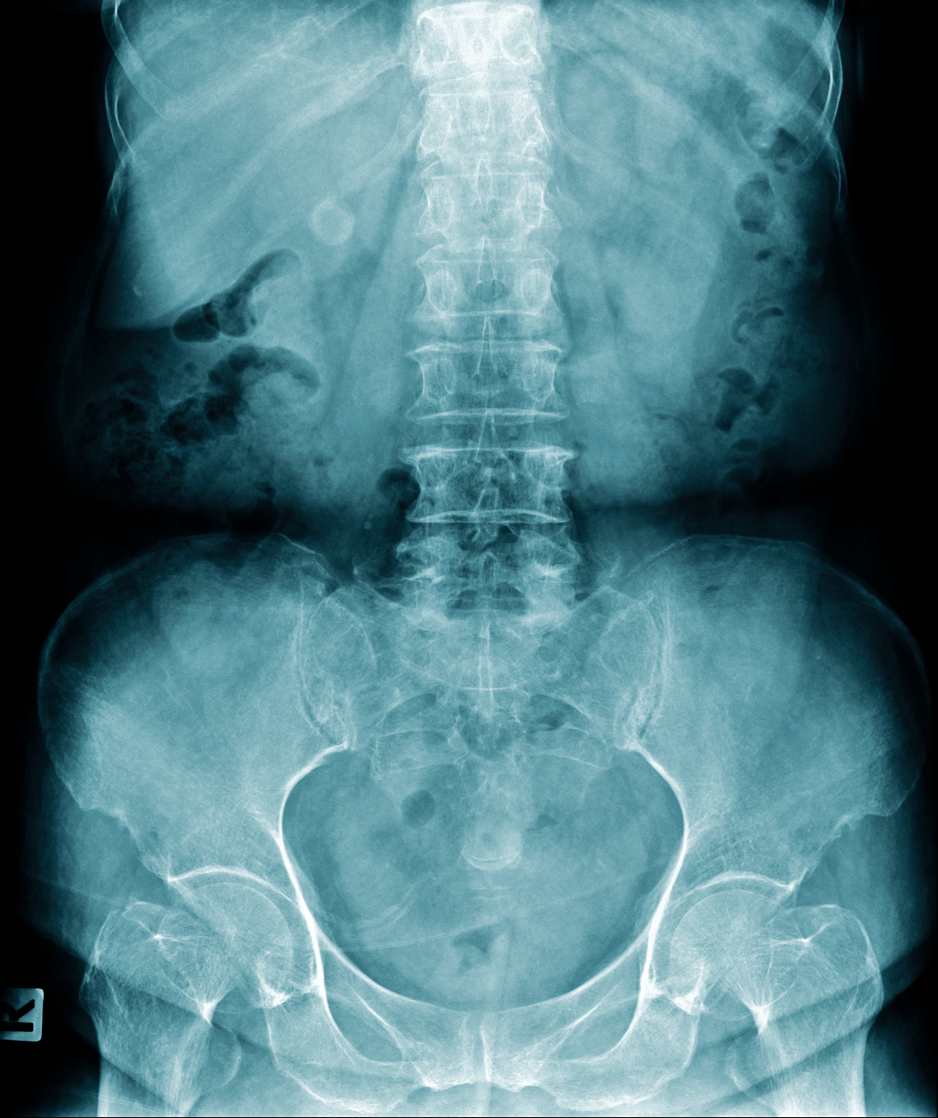Pain
Alternative and Complementary Treatments for Spondylolysis

What is spondylolysis?
The term spondylolysis comes from a combination of two Greek words: spondylos (vertebra) and lysis (defect). Spondylolysis is a medical condition that involves a defect of the pars interarticularis. The pars interarticularis is a thin bone that hinges two vertebrae together in the lower back. Spondylolysis most commonly occurs in the lumbar vertebrae; however, it can occur in any section of the spine: cervical (neck), thoracic (mid back), or lumbar (lower back). Both cervical and thoracic spondylolysis are rare. If spondylolysis occurs in the cervical or thoracic spine, the equivalent structure of the pars interarticularis in that area of the spine is affected.
Alternative treatments for spondylolysis
Conventional treatments usually involve a combination of physical therapy, medication, bracing, steroid injections, and (rarely) surgery. This can be supplemented at home with temperature therapy, rest, medication, and gentle physical activity. In addition, alternative and supplemental options are available for the treatment of spondylolysis, which include acupuncture, acupressure, massage, herbal supplements, spinal manipulation, and yoga.
Acupuncture/Acupressure
In traditional Chinese medicine (TCM), acupuncture and acupressure are practiced as a method to balance the flow of energy (chi or qi) via pathways through the body. Acupuncture is performed by an experienced and licensed professional and involves the insertion of fine, thin needles into the skin at specific points of the body. This may reduce pain and stress levels. Acupressure involves the use of fingers or elbows instead of needles to achieve the same results.
Massage
Massage therapy can be especially effective in mitigating back pain. Benefits include increased blood flow and circulation, muscle relaxation, and reduced inflammation. Massage may also be beneficial to the healing process.
Herbal supplements
Some herbal remedies may help with lower back pain. It is important to note that while these are natural, they are not automatically safe. They may still have side effects or interact with other medications; therefore, individuals should check with their health care provider prior to use. Possible herbal supplements to treat spondylolysis include the following:
- Ginger has anti-inflammatory properties and can be used as a tea.
- Glycosaminoglycans, such as glucosamine and chondroitin sulfate, can be taken separately or together and may improve symptoms of spondylosis.
- SAMe (S-adenosylmethionine) may help with spondylosis. Several studies have also shown that it aids in treating depression, which often occurs with chronic pain.
- White willow bark helps reduce pain and inflammation.
- Devil’s claw, derived from South Africa, reduces inflammation and pain.
Chiropractic manipulation,
Spinal manipulation, involves a therapeutic movement of the spine from a sudden thrust to a spinal joint located between two vertebrae. A trained specialist (chiropractor) aligns the musculoskeletal structure (especially the spine) through this hands-on manipulation, which improves physical function and spinal motion. Many people experience reduced pain symptoms, including inflammation and muscle tension.
Yoga/Pilates
The practice of yoga can energize and strengthen the body, while reducing inflammation. Since yoga and Pilates focus on both the mind and body, a relaxation component is also incorporated into these activities, which can help reduce tension and stress that may be associated with spondylosis.














